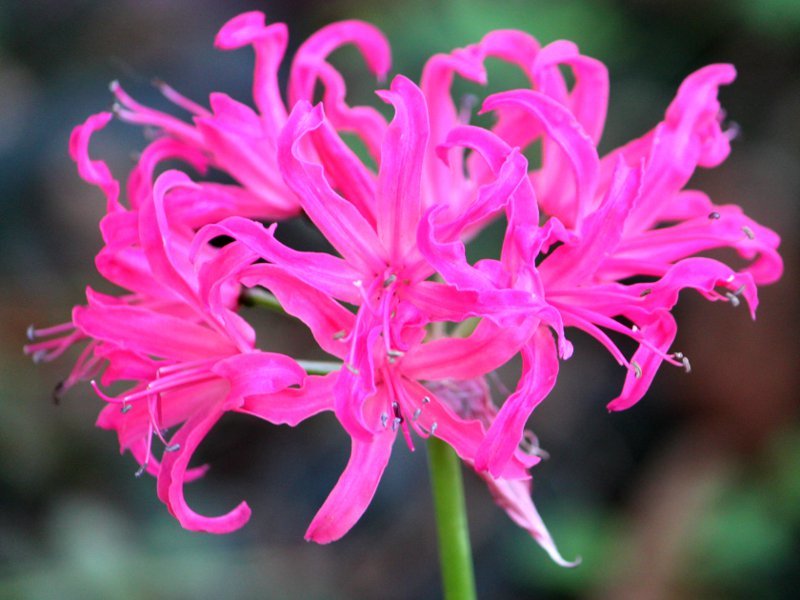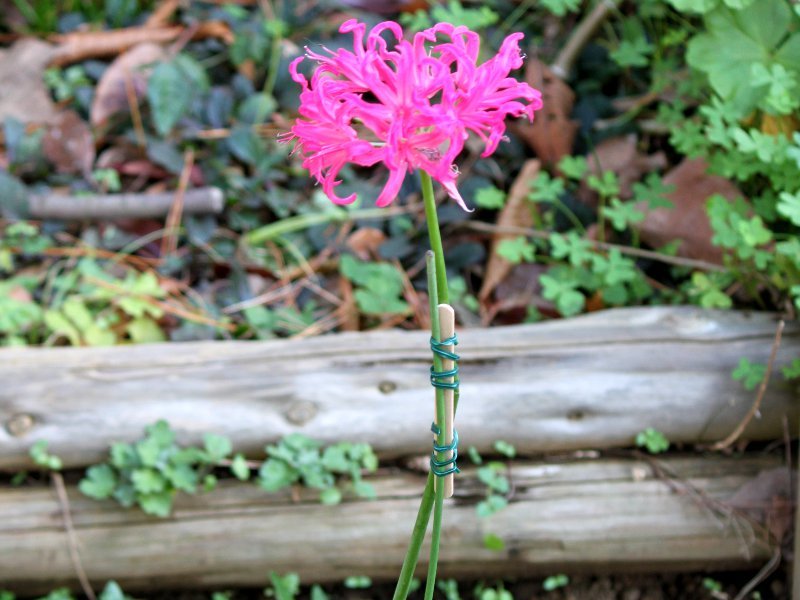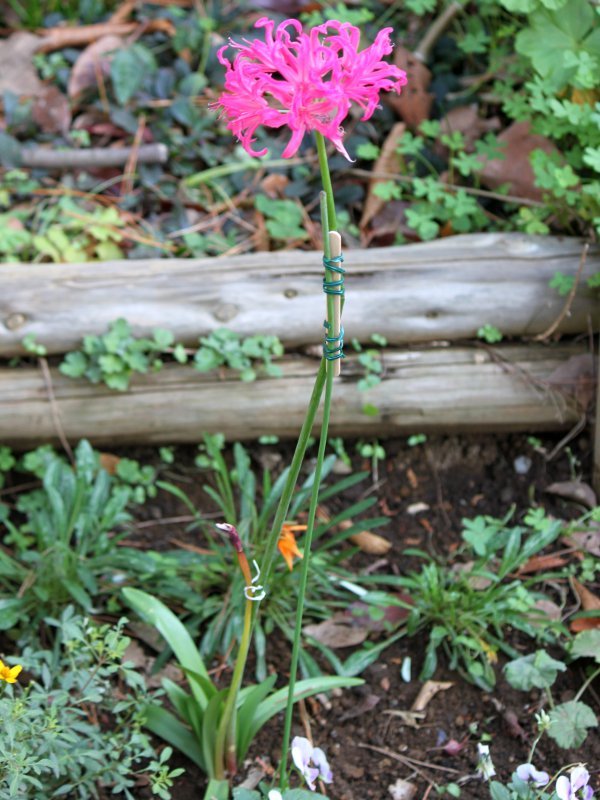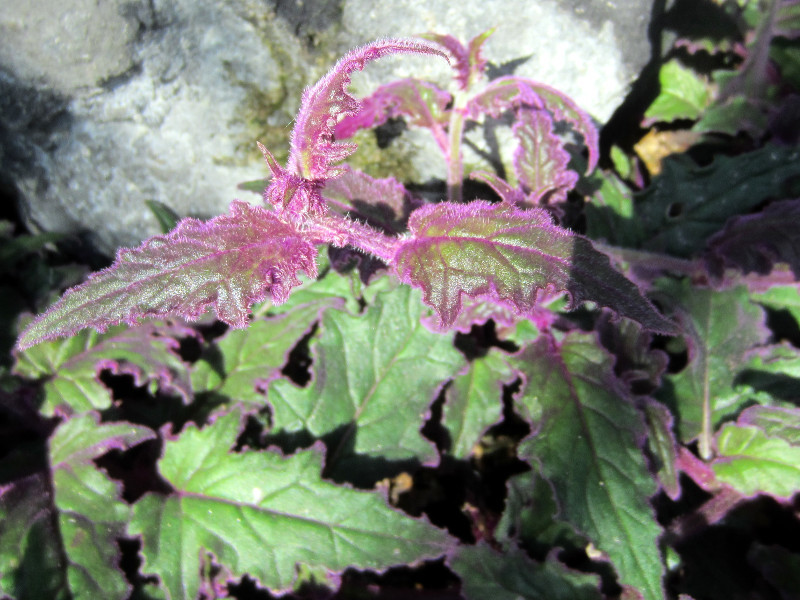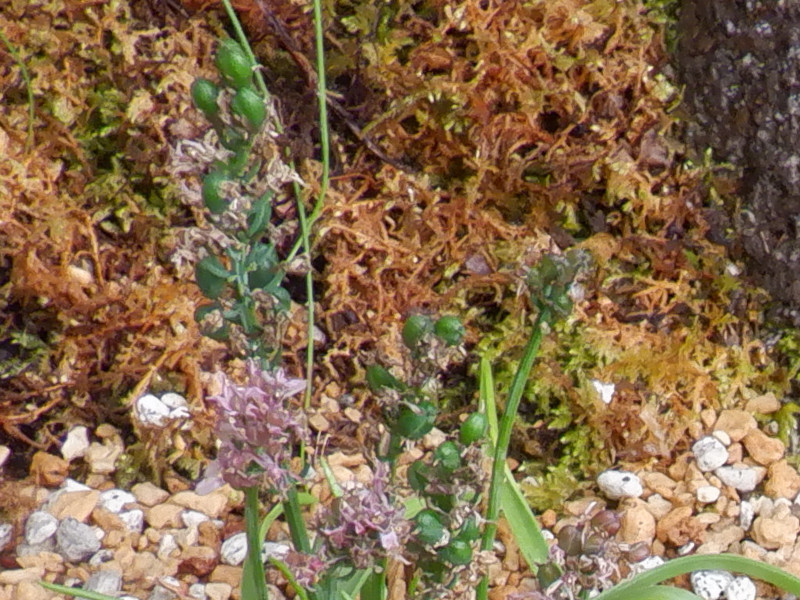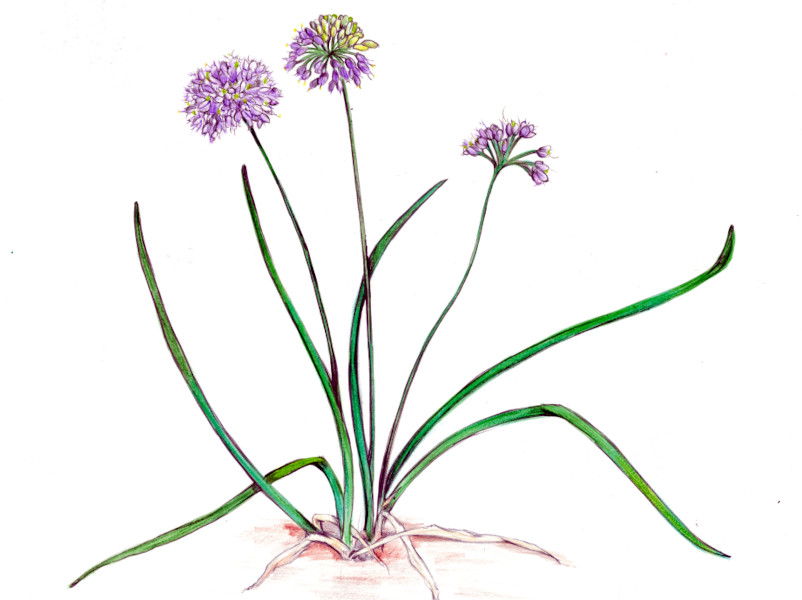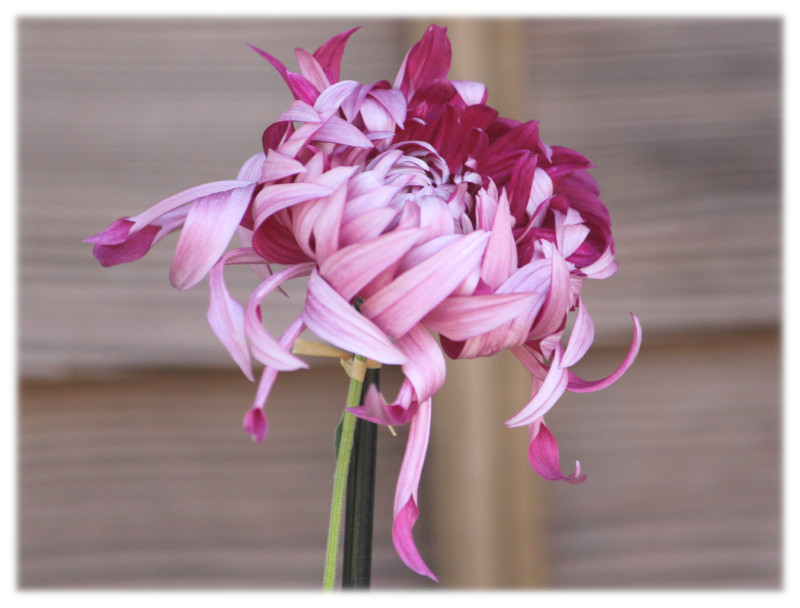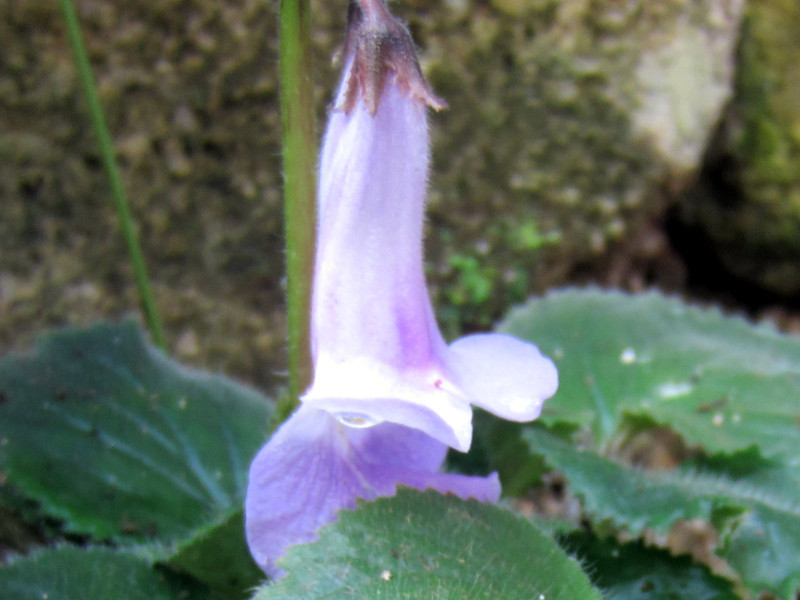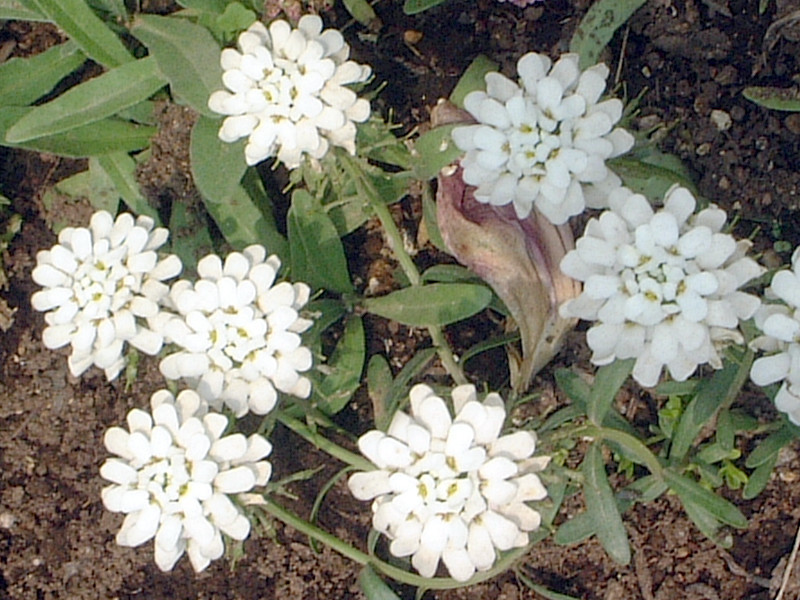Nerine
- Flower nameNerine
- Scientific nameNerine sarniensis
- Aliasダイヤモンドリリー, Nerine, ネリネ・サルニエンシス, ヒメヒガンバナ
- Place of originhorticultural
- Place of floweringGarden, Cut flowers, flower arrangement, Park, Potted flower
- Flowering seasonOctober, November, December
What is Nerine
Nerine (scientific name: Nerine sarniensis) is a perennial bulbous plant native to the Cape Province of South Africa, belonging to the Amaryllidaceae family and Nerine genus. It is also known as Nerine sarniensis, Diamond Lily, Guernsey Lily, Raquel, and Jersey Lily in English. The plant grows to a height of 30 to 45 cm. Its leaves are green and linear. It produces an umbel-like inflorescence at the top of the flowering stem, with 7 to 15 funnel-shaped flowers. From autumn to winter, it blooms with shocking pink flowers similar to the Spider Lily (Lycoris radiata). Other flower colors include red, white, purple, orange, and multicolored variations.
The flower has six broad tepals that spread radially and curve strongly outward. Each flower also has six prominent stamens that are long and straight. The flowers sparkle when exposed to light, which is why it is called "Diamond Lily" in English. It is often grown in pots but is also used as cut flowers due to its long-lasting blooms. Specimens were transported by sea from Africa and washed ashore on the island of Guernsey in the Channel Islands.
The differences between Lycoris and nerine
Both are bulbous plants belonging to the Amaryllidaceae family, so they look similar. Both Nerine and Spider Lily have red and pink flowers. So what is the difference?
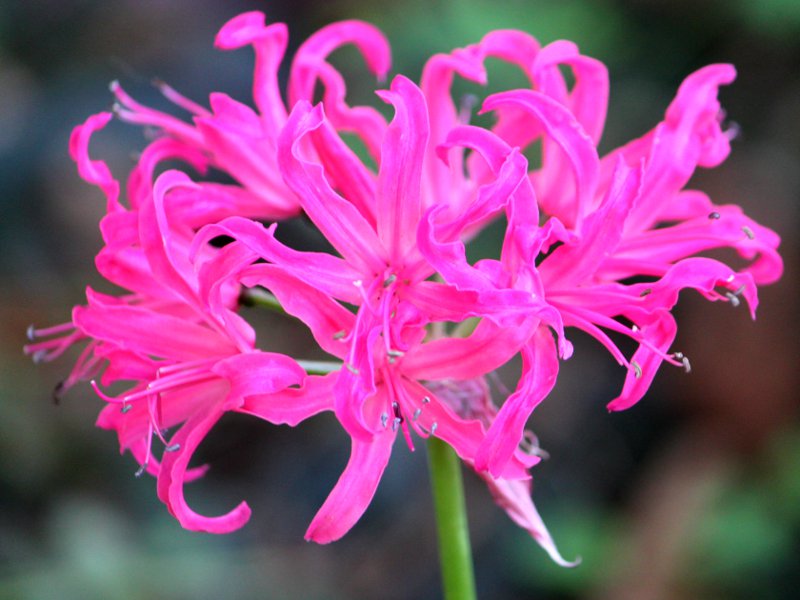
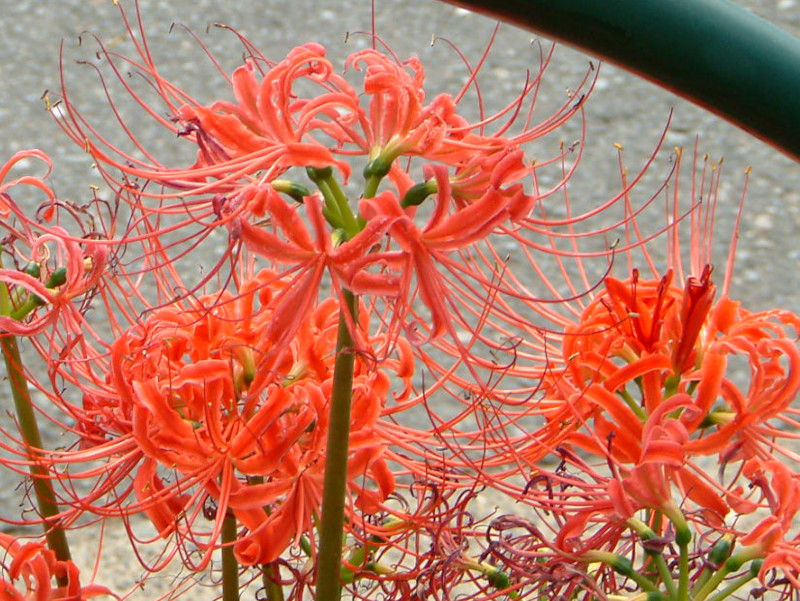
Left: Nerine sarniensis、right: Lycoris radiata
The differences betweenLycoris radiata and nerine (N. sarniensis spp.) are as follows
Lycoris radiata
native to China, poisonous, blooms in autumn, leaves appear after flowering.
Nelinae
native to Africa, non-poisonous, blooms in winter, flowers and leaves appear at the same time.
Origin of the Flower's Name
The genus name Nerine is derived from the Greek mythology and means "Nerine," a sea nymph. A ship carrying these bulbs from South Africa to the Netherlands was shipwrecked, and the box containing the bulbs washed ashore on Guernsey Island, where it settled. The species name sarniensis means "from Guernsey Island" in Latin, as the island was called Sarnia during Roman times. The name is based on a mistake made by Linnaeus when he assigned the scientific name, as he incorrectly identified the flower's origin.
Common Name: Nerine
Scientific Name: Nerine sarniensis
Other Names: Nerine sarniensis, Diamond Lily, Himehiganbana
English Names: Guernsey Lily, Raquel, Jersey Lily
Classification: Plantae, Angiosperms, Eudicots, Asparagales, Amaryllidaceae, Nerine genus (Himehiganbana genus)
Origin: South Africa, Botswana, Namibia
Plant Height: 30–45 cm, Bulb Diameter: 3–5 cm
Leaf Color: Green, Leaf Shape: Linear, Leaf Length: 20 cm, Leaf Width: 1 cm
Blooming Season: October to December, Inflorescence Shape: Umbel, Inflorescence Diameter: 8–12 cm
Flower Color: Deep Pink, Red, White, Purple, Orange, Flowers per Inflorescence: 7–15
Flower Shape: Funnel-shaped, Tepals: 6, Flower Diameter: 2–3 cm
Number of Stamens: 6, Anther Color: Purple, Number of Pistils: 1
Fruit Type: Capsule
Uses: Potted plant, Cut flower
Notes: Adult Aeropetes Tulbaghia (previously Meneris Tulbaghia) acts as a pollinator.
Related Page:
Nerine (Nerine sarniensis)
